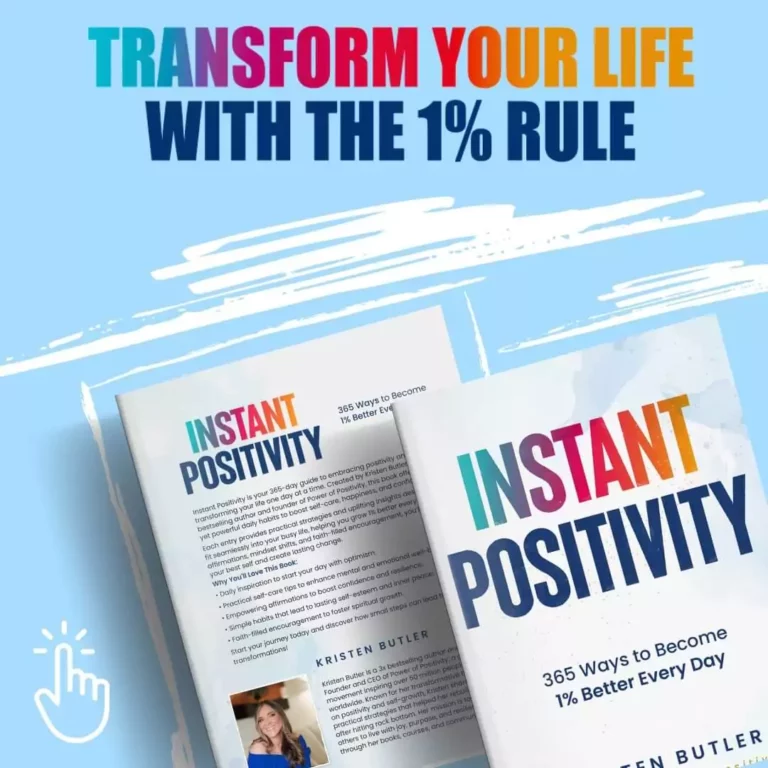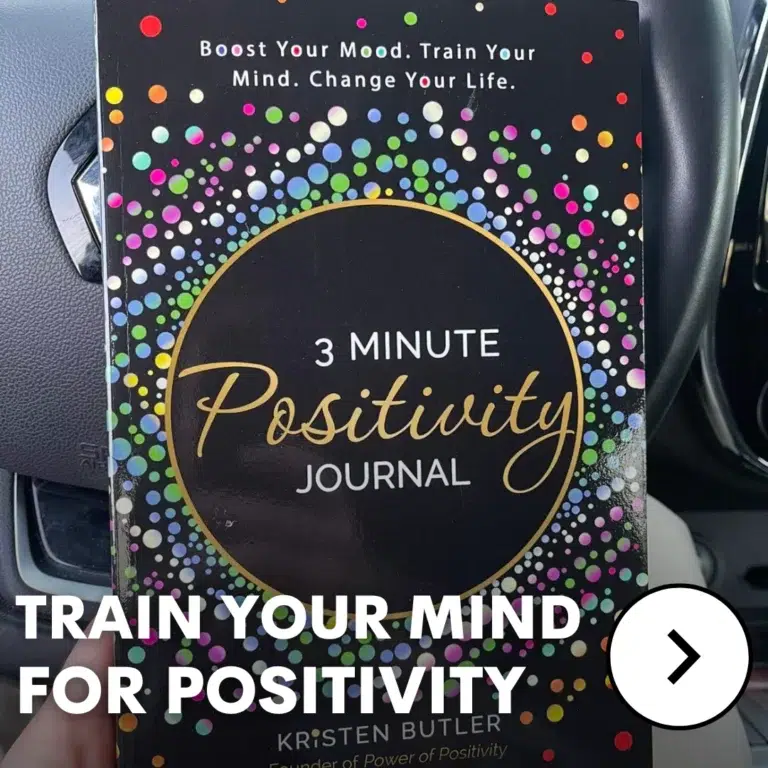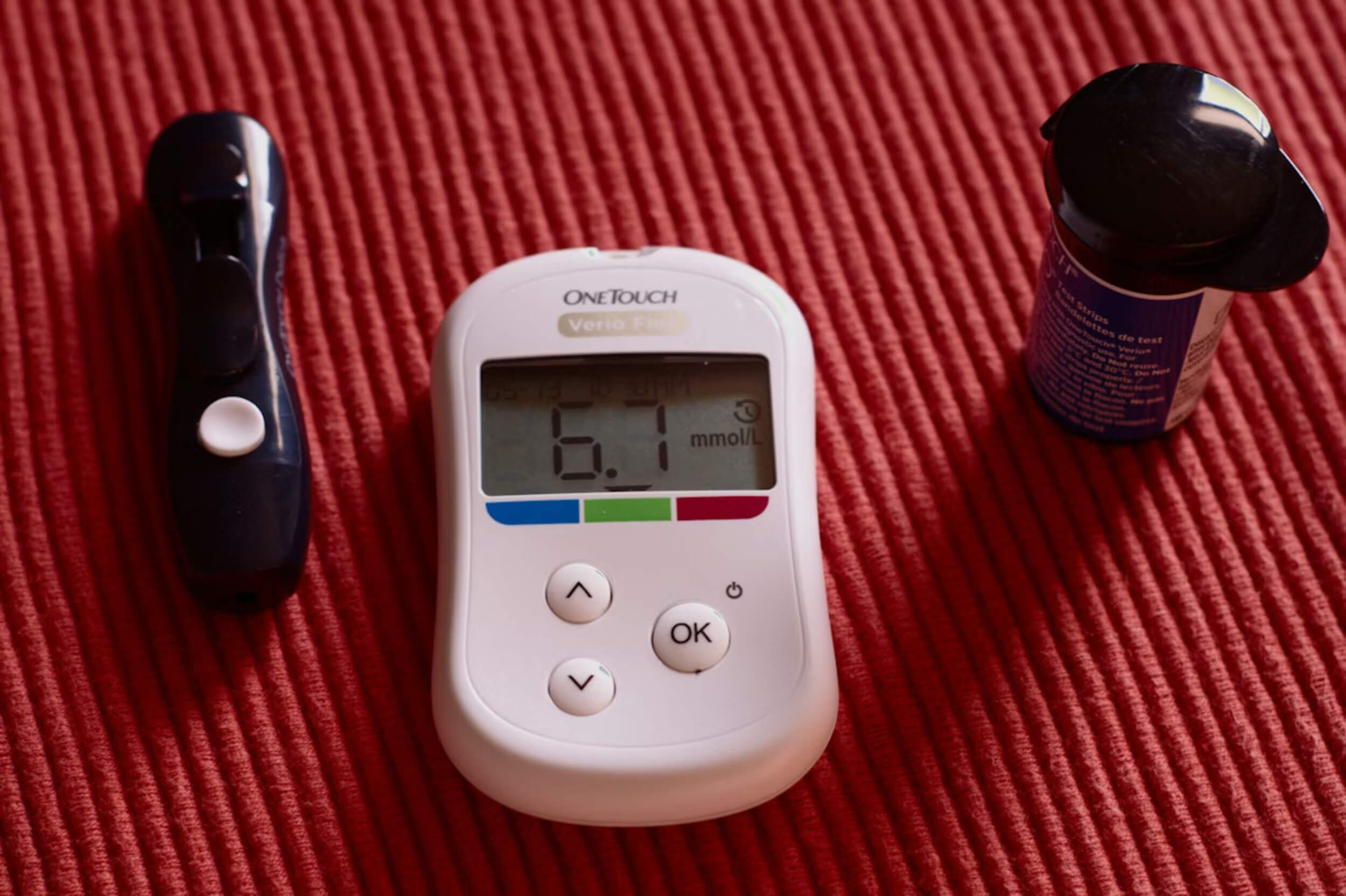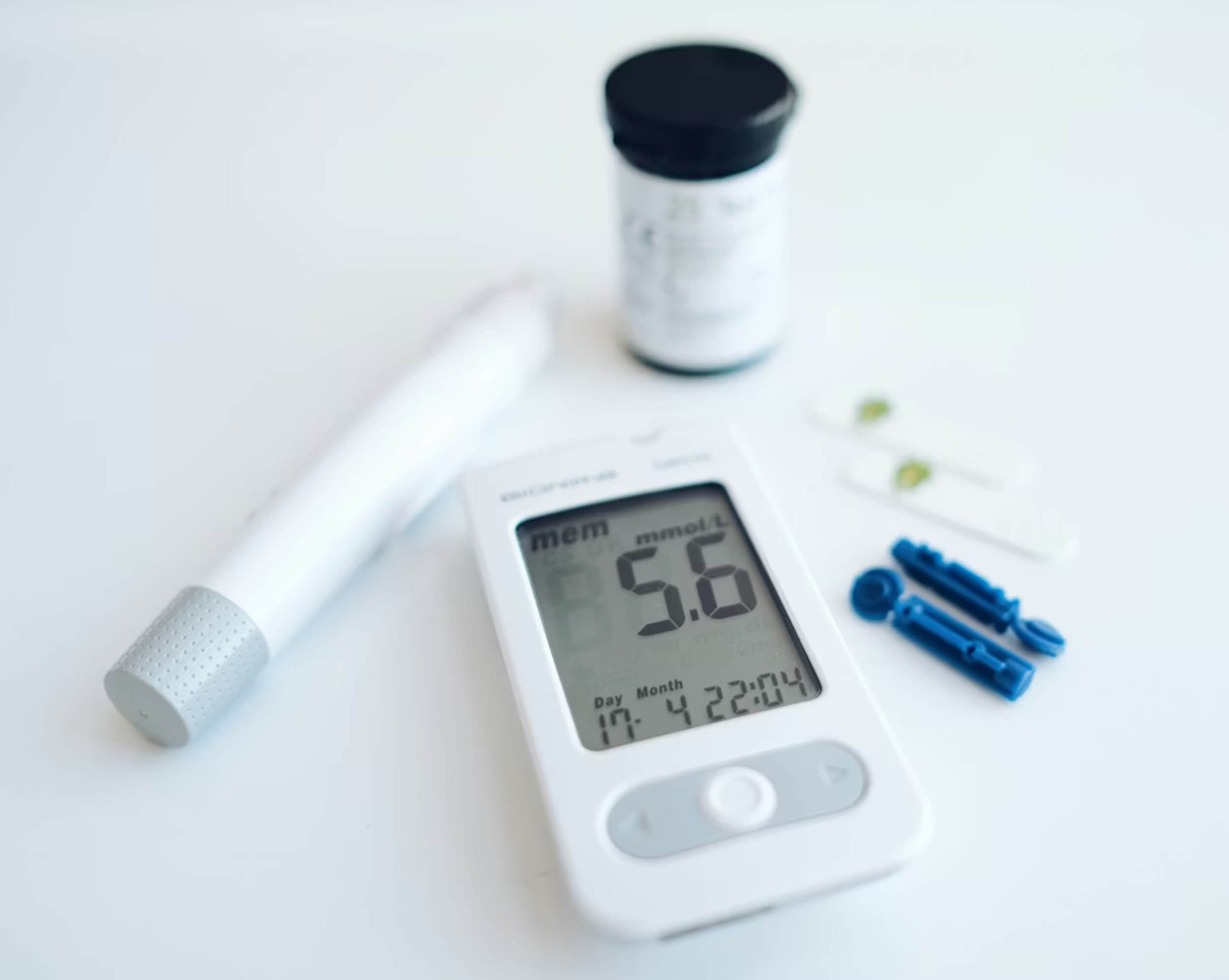It starts with a tight shoulder, a dull throb in your lower back, or that heavy feeling in your legs after a long day. Pain like this isn’t always from an accident—it often builds from stress, poor sleep, overworking your body, or not moving enough. Finding ways to soften the pain early can help keep it from taking over your day.
What makes it tricky is how easy it is to ignore. When it becomes part of the background, we stop noticing until it gets louder or starts affecting daily things like standing, walking, or getting comfortable at night.
The good news is, you don’t have to push through it or wait until it gets worse. Small changes and gentle habits can help soften the pain and give your body a break. You might be surprised by how much relief can come from doing less, not more.
7 Gentle Things That May Help Ease Physical Pain
These strategies don’t promise miracles—but they may make everyday discomfort easier to carry. Sometimes, the best way to soften the pain is by giving your body a chance to rest, move, or reset in small, caring ways.
1. Heat That Sinks In Deep
Tight muscles don’t always need medicine—they often need warmth. A heating pad, warm towel, or even a hot water bottle can help muscles relax and ease pressure in stiff joints.
Try this when:
- You’ve been sitting too long
- Your lower back feels tense
- Cramps won’t go away
Heat helps by increasing blood flow, which loosens things up and can make movements feel easier again. If you want to soften the pain without taking anything, this is a good first step—especially at night when pain feels louder.
2. Cold That Calms Swelling
Swelling after a long walk or sore muscles after a tough day? Ice can help bring things down. It works best if used early, right when the pain or puffiness starts.
Simple ways to try it:
- Wrap a bag of frozen peas in a towel
- Apply an ice pack to sore spots for 15–20 minutes
- Use it after exercise or unexpected strain
Cold therapy slows down inflammation and can stop pain from spreading. It’s not just for injuries—it’s also useful when pain is sharp or starts out of nowhere.
3. A Good Stretch That Doesn’t Hurt
When your body feels stiff, stretching gently can help open it back up. The goal isn’t to push hard—it’s to move slowly and stay connected to how each part feels.
Try stretches like:
- Neck rolls when your shoulders are tight
- Slow forward bends to release your back
- Gentle twists while sitting
Pair these with slow, steady breathing. This helps your nervous system settle, which can also soften the pain that comes from tension or long days of sitting still.
4. Movement That Doesn’t Drain You
Pain makes rest sound like the best idea—but too much rest can add to the problem. Light movement can actually help pain fade faster.
A few easy ideas:
- Walk around the room every hour
- Try a few arm circles or shoulder rolls
- Gentle yoga stretches with no pressure
Moving helps blood flow, which supports healing and reduces stiffness. This works well for people who wake up sore or feel worse after sitting for too long.
5. Magnesium and Mineral Support
Cramps or muscle tightness may mean your body is asking for more minerals. Magnesium, potassium, and calcium all play a big part in how muscles work.
You can get these by:
- Eating bananas, almonds, or leafy greens
- Taking a warm Epsom salt bath
- Using supplements (if approved by your doctor)
These nutrients help with muscle repair and prevent spasms. If pain keeps showing up in your legs, back, or neck, boosting minerals could help soften the pain in a more natural way.
6. Hands-On Relief (Even If It’s Your Own)
Sometimes your hands are the best tool you’ve got. A gentle massage—whether from someone else or on your own—can release tension that builds up without you noticing.
Ways to try it:
- Press and hold sore spots with your palm or knuckles
- Use a tennis ball against a wall for your back
- Try circular motions on tight muscles
If your pain is tied to stress or tightness, this can bring fast relief. It helps your body let go of the tension it’s been carrying around.
7. Herbal Help That Has Research Behind It
Not all herbs are just old traditions—some have solid research behind them. Natural anti-inflammatories can work quietly in the background to help with swelling and discomfort.
Options worth trying:
- Turmeric (especially when paired with black pepper)
- Ginger for joint or stomach-related pain
- Capsaicin cream for sore spots or nerve pain
You can sip them in tea, take them in capsules, or use creams right on the skin. Always check with your doctor first, especially if you take daily medication. But for many, these herbs can be a safe way to gently soften the pain without jumping straight to pills.
What About the Kind of Pain That Lingers?
Lingering pain isn’t just annoying—it can wear you down little by little. If it sticks around for days or weeks, or messes with your sleep or movement, it’s more than just soreness. Conditions like arthritis, fibromyalgia, or even stress-related tension might be part of what’s going on.
It’s not always about fixing things fast. When discomfort keeps coming back, the goal is to soften the pain so it’s not running your day. That’s where long-term habits come in. These don’t offer instant results—but over time, they can help your body feel less overwhelmed and more supported.
5 Natural Ways to Support Ongoing Discomfort
These gentle habits won’t cure pain overnight, but they might keep it from getting worse—and sometimes, that’s enough to feel a little more in control.
- Eat foods that fight inflammation. Salmon, berries, spinach, and olive oil can calm what’s happening inside your body. Cutting back on sugar and processed snacks helps too. These choices work quietly in the background and can help soften the pain over time.
- Drink more water than you think you need. Dehydration sneaks up and can make your joints and muscles feel heavier than they should. Sipping all day—not just when you’re thirsty—keeps your body working smoother and reduces stiffness.
- Sleep in a way that actually helps. Pain always feels worse when you’re tired. Turn off screens an hour before bed, make your room darker and cooler, and try tea or a warm bath to help your body settle down. Better sleep gives your body time to repair and can soften the pain that builds up during the day.
- Slow your breathing when things feel tight. When pain rises, your breath usually shortens. That can cause even more tension. Try this: breathe in through your nose for 4 seconds, and out through your mouth for 6. A few slow rounds can calm your nerves and ease tight muscles.
- Pay attention to your patterns. If certain movements, foods, or habits always seem to make things worse, don’t ignore it. Keeping a simple note on what helps or hurts gives you more control—and helps you do more of what softens the pain instead of feeding it.
When It’s Time to Talk to a Doctor
Sharp pain that comes out of nowhere, doesn’t go away, or stops you from doing normal things isn’t something to wait on. If you’ve tried simple fixes and nothing’s changing—or it’s getting worse—it’s smart to ask for help.
Also look out for signs like numbness, weakness, or pain that keeps you awake. Those can be signals of something deeper that needs medical care. Don’t wait until you can’t take it anymore. Getting answers early can help soften the pain sooner—and make sure you’re not missing something important.
Final Thoughts on Soothing Pain Without Pushing Through It
Pain affects more than just your muscles or joints—it can shape your mood, your choices, and how much of yourself you bring into the day. Strength isn’t about ignoring it. True strength is knowing when to pause and find ways to soften the pain before it gets louder.
You don’t need to fix everything overnight. What matters is making space for habits that help: a warm meal, a slow walk, a quiet moment to breathe. These small things add up.
Relief might not come in big changes—it might come from doing something gentle that helps you feel just a little better. That comfort counts. Let that be enough. And when you focus on what helps, you’re not giving in—you’re giving your body the care it’s been asking for. That’s how you begin to soften the pain for real.















